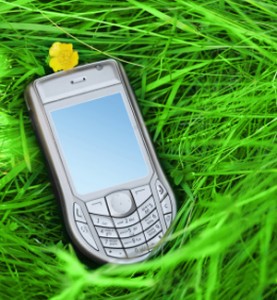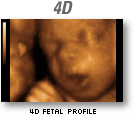Mobile phones are considered now as vital to human life. It’s essentially becoming indispensable among other things.
And just recently, a group of French engineers and researchers broke out the news about a new power source for mobile phones they developed that’s probably no one has ever heard of.
The device is the hydrogen-powered developed by a semi-conductor technology company in France, ST Microelectronics in collaboration with Bic, makers of pens and razors.
Igor Bimbaud, CEO of ST Microelectronics said that the company started creating the technology in 2005 and it is now ready for release early this year.
The made this hydrogen fuel cell to be used as a backup power source for mobile phones, thus reducing dependence on an electricity supply to charge the phone. This product is designed to be a part of “hybrid” system.
In this hybrid system, cell phone first draws on the conventional battery for its power then it will tap into the fuel cell if needed. Each cartridge of this gadget gives the equivalent of three to five recharges of the traditional battery.
You can charge the phone by yourself, simply by filling the fuel cell with water from the faucet. No other additives needed.
Click here to read more about Hydrogen-Powered Phone, Hybrid system.










